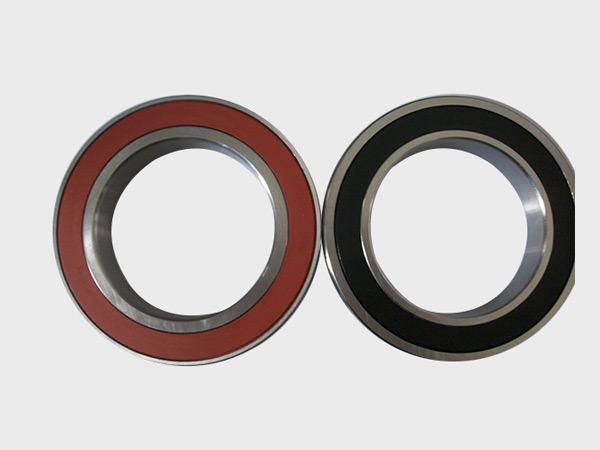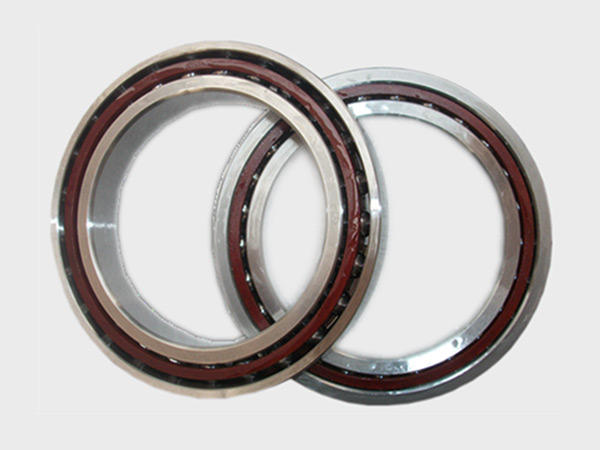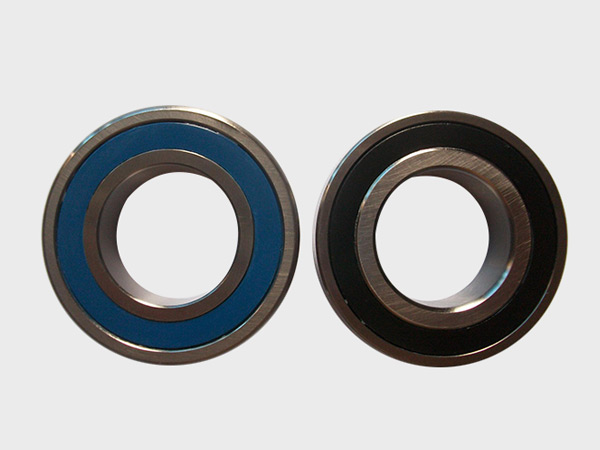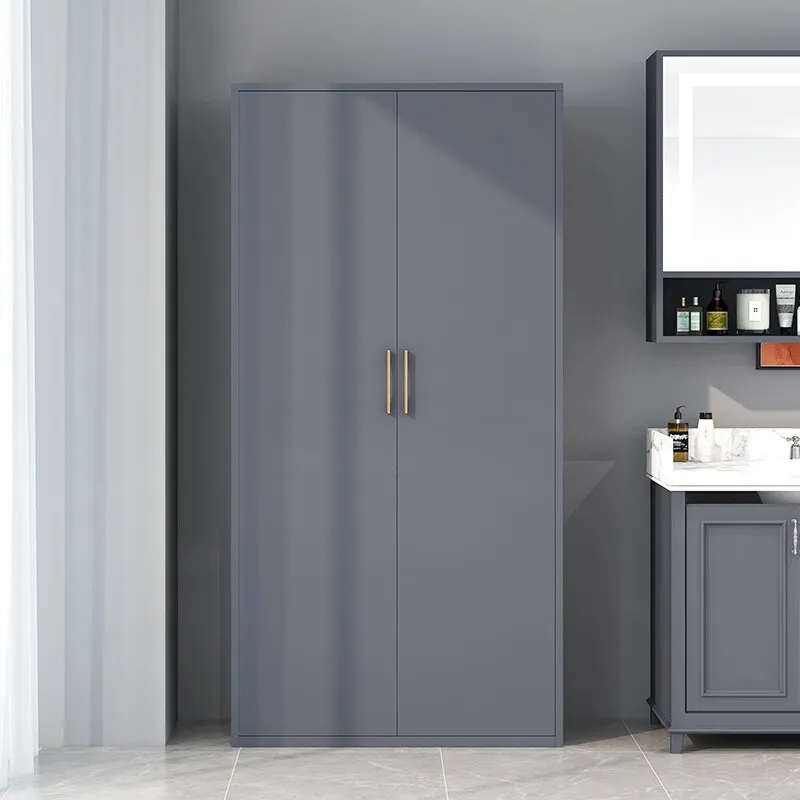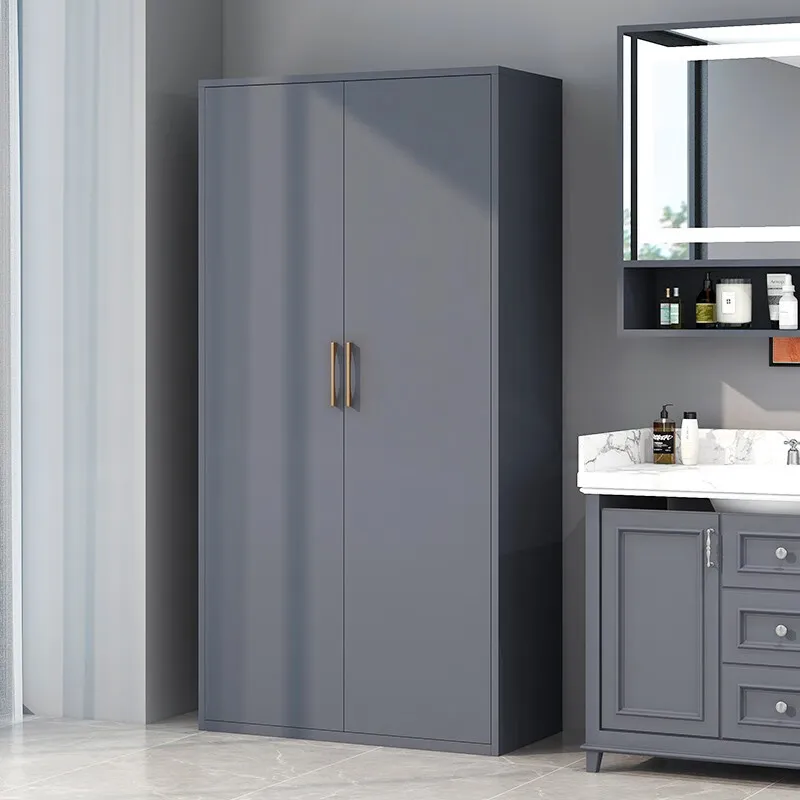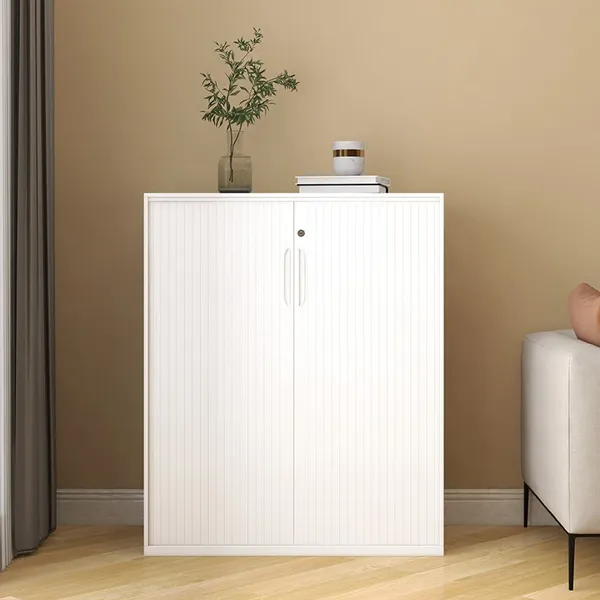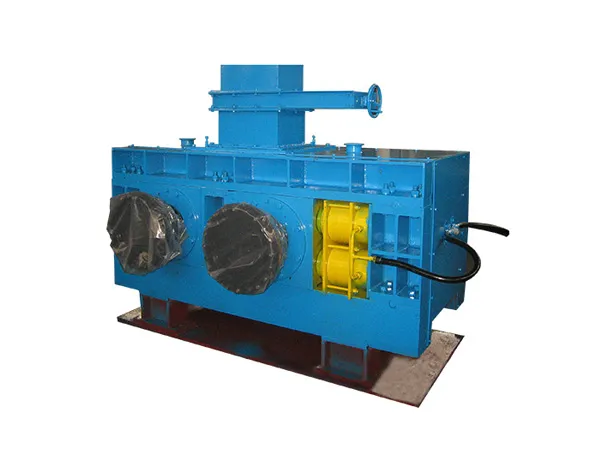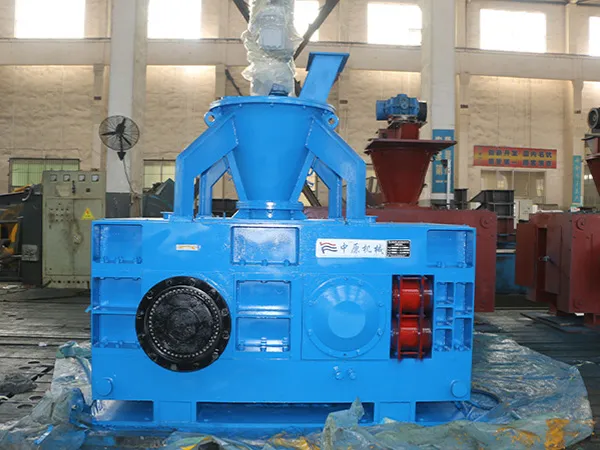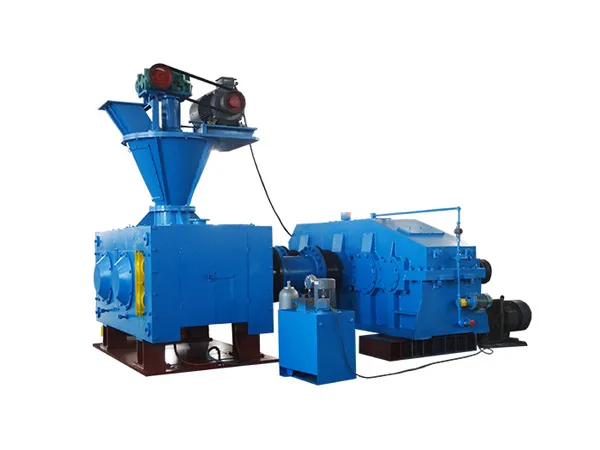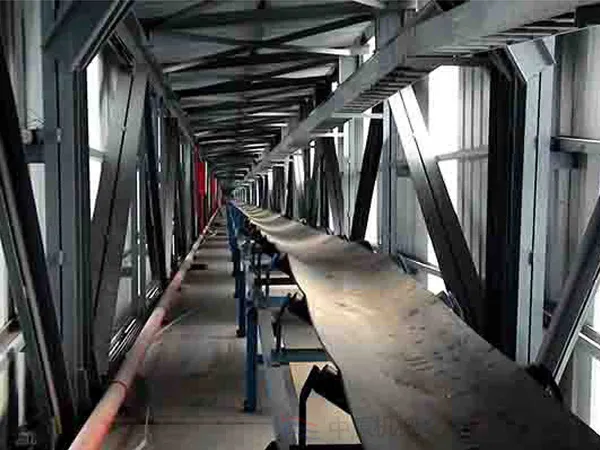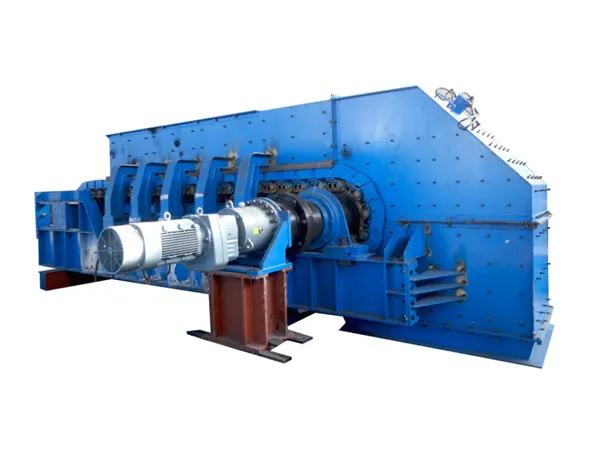What are the types of art storage racks?
Art rack storage refers to systems or structures designed to organize, store, and protect works of art, including paintings, sculptures, prints, and other valuable artworks. Proper art storage is crucial for preserving the condition and integrity of art pieces.
The common types of art racks and considerations for art storage
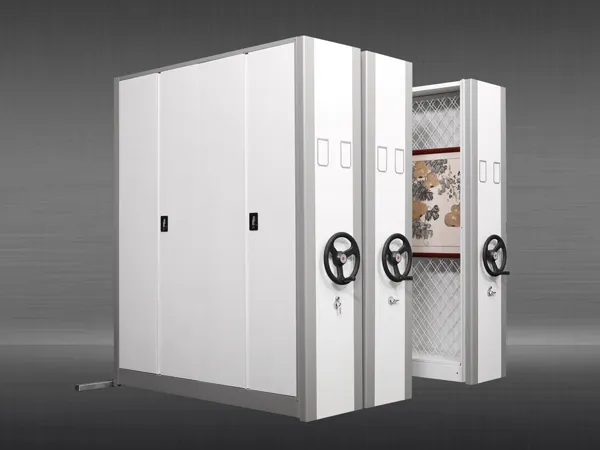
Art Rack Types
Vertical Racks: These racks allow artworks to be stored vertically, providing easy access and visibility. Vertical racks are suitable for paintings and framed pieces.
Horizontal Racks: These racks are designed for storing artworks horizontally. They are often used for larger paintings or works that may be more fragile and require additional support.
Pull-Out Racks: These racks have sliding shelves that can be pulled out for easy access to stored artworks. They maximize storage space and are commonly used in museums and galleries.
Mobile Racks: These racks are mounted on wheels, allowing for easy mobility. Mobile art racks are beneficial for optimizing space and providing flexibility in exhibition setups.
Drawer Racks: Similar to filing cabinets, these racks have drawers that can be pulled out to access individual pieces. They are suitable for storing smaller artworks, prints, or documents.
Cantilever Racks: These racks have horizontal arms that extend from vertical supports. Cantilever racks are useful for storing framed artworks of various sizes.
Considerations for Art Storage
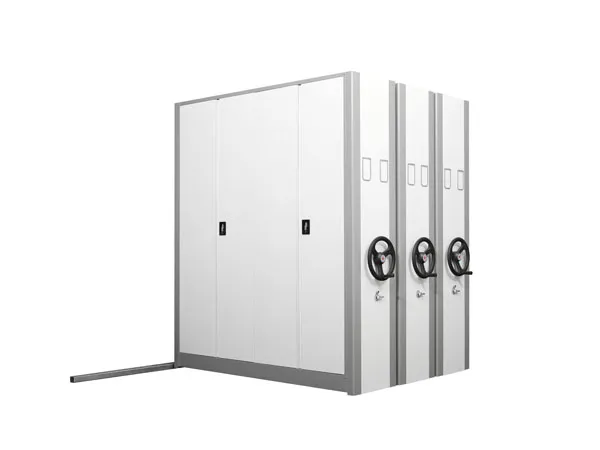
Climate Control: Maintain a stable and controlled environment within the storage area to protect artworks from temperature and humidity fluctuations. This is crucial for preventing damage such as warping, mold growth, or deterioration.
Security: Implement security measures to prevent theft or unauthorized access to the art storage facility. This may include surveillance cameras, access controls, and secure storage rooms.
Lighting: Control the lighting in the storage area to minimize exposure to natural and artificial light, as prolonged exposure can cause fading and deterioration of artworks.
…
For more detailed information about the types of art storage racks, please click here: https://www.etegreen.com/en/a/news/art-storage-rack-types.html

